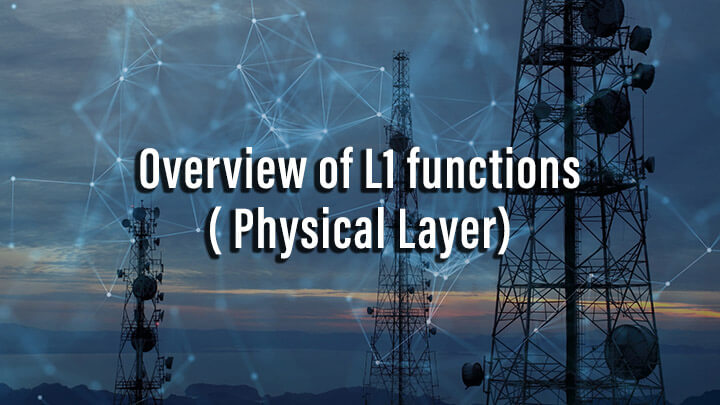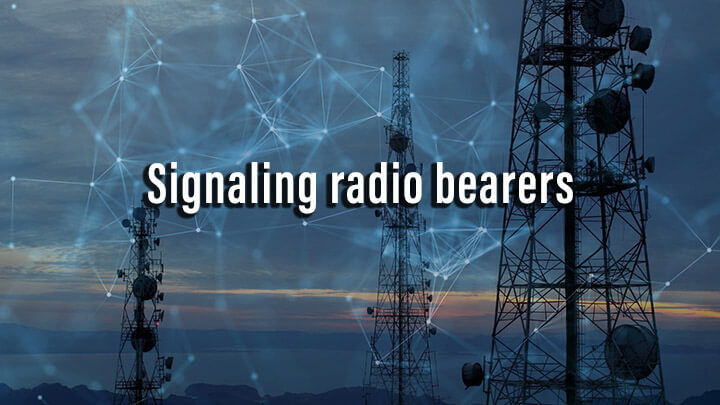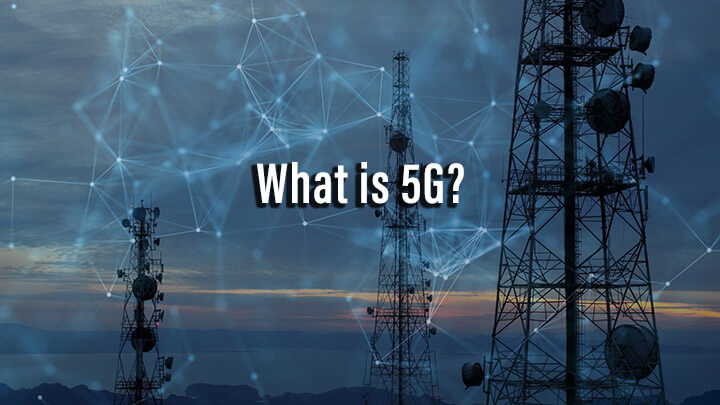Overview of L1 functions( Physical Layer)
The physical layer is expected to perform the following functions to provide the data transport service Error detection on the transport channel and indication to higher layers; FEC encoding/decoding of the transport channel; Hybrid ARQ soft-combining; Rate matching of the coded transport channel to physical channels; Mapping of the coded transport channel onto physical channels;…




